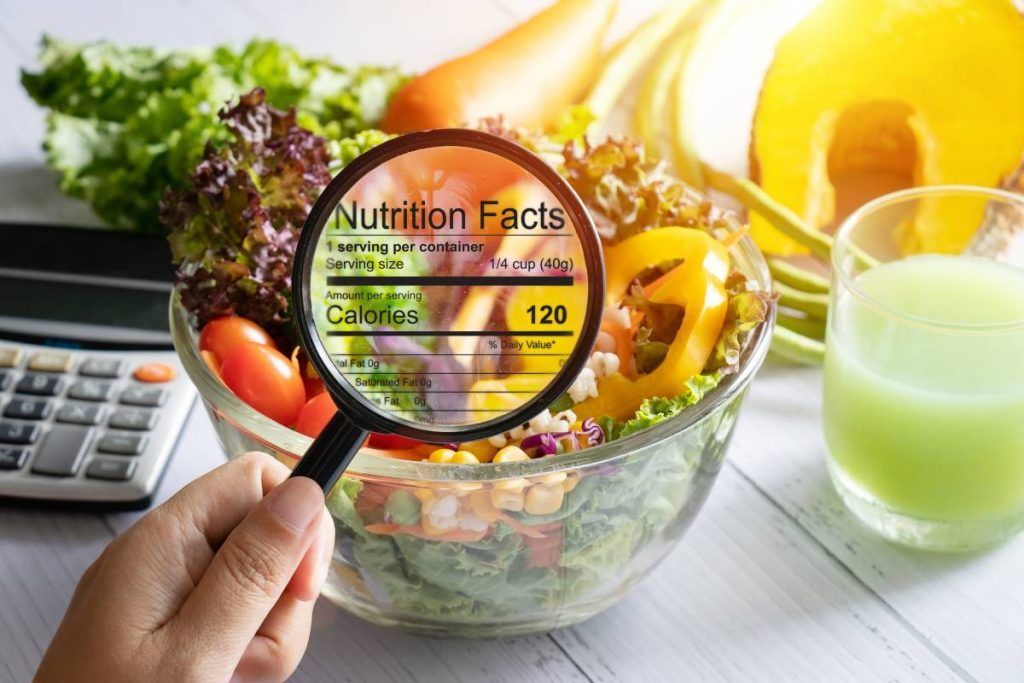
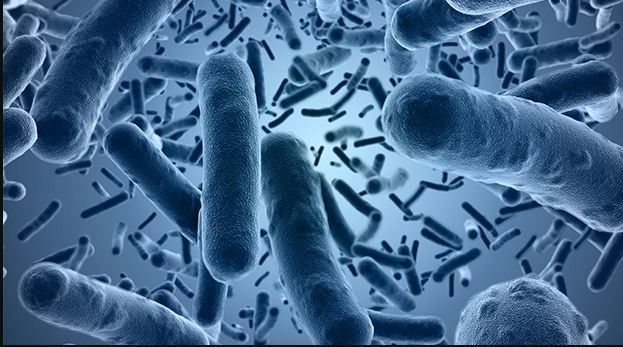


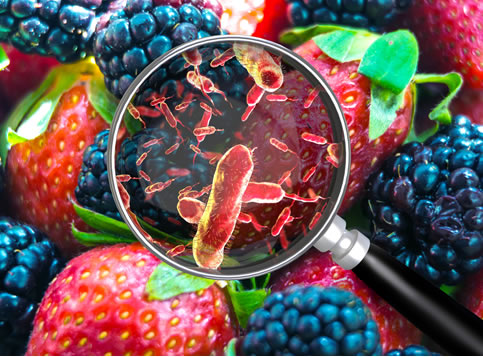
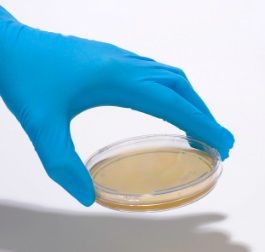
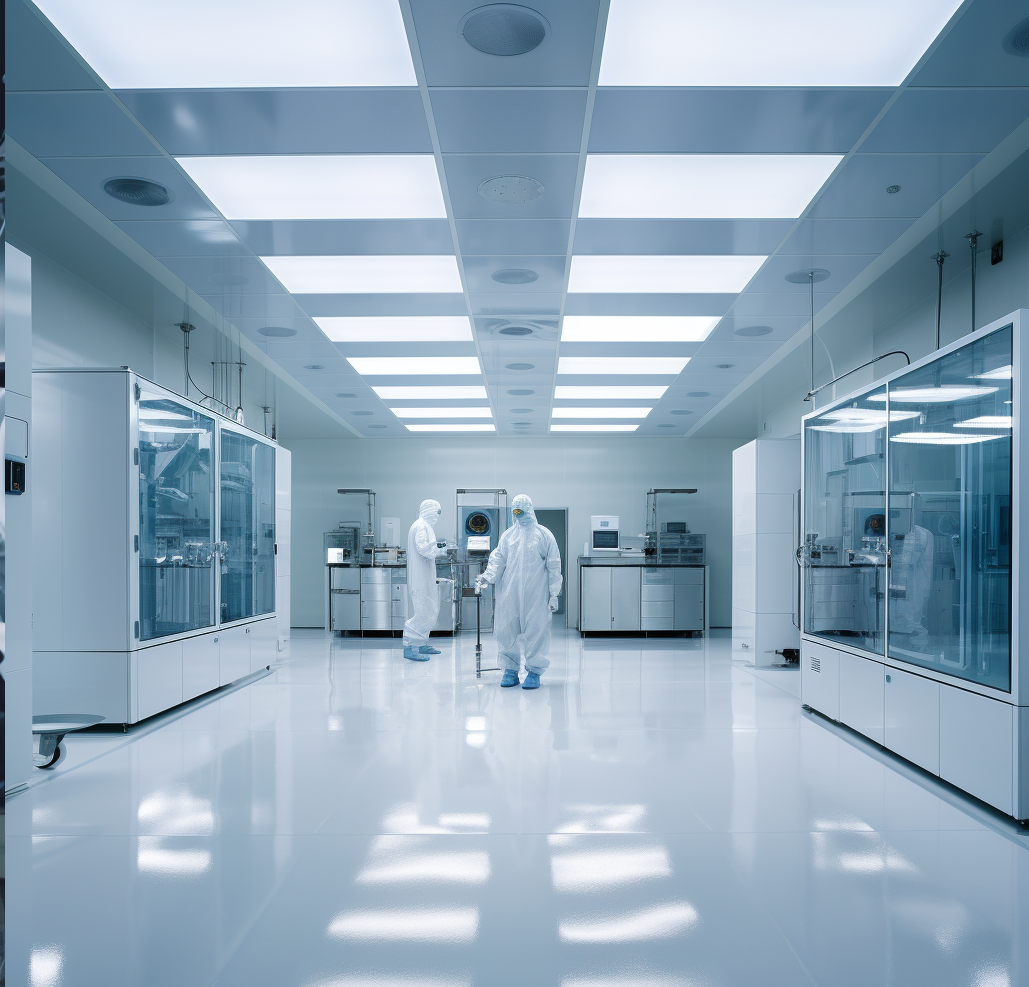
In 1980, the EPA established the Superfund program in response to heightened levels of unregulated toxic dumping grounds near and around residential zones [4,7]. Through the Superfund program, the EPA is tasked with the assessment, mitigation and remediation of these sites, which often pose a public health risk to the surrounding communities due to the hazardous compounds that are associated with these sites. Although these site are reclaimed through remediation, many studies have shown that toxic compounds often have a propensity to leach into the soil and local groundwater sources long after remediation practices are finished. [5].
Oftentimes, Superfund sites are characterized by contamination of substances such as arsenic, lead, mercury, benzene, cadmium, vinyl chloride, trichloroethylene, free radicals and polycyclic aromatic hydrocarbons [3]. Consequently, through the diversity of potential contaminants, there can be differentiation in the methods of action of remediation techniques [1,3]. Selection of remediation techniques used in Superfund sites “can be a challenging task due to the uncertainty in assessment of level of contamination, high costs of remediation and the collateral impacts of the technique on the environment.” [6]. Although remediation techniques are numerous and often require specialized analysis for their implementation, the majority of remediation techniques often fit into five main categories:
(i) complete or substantial destruction/degradation of the pollutants, (ii) extraction of pollutants for further treatment or disposal, (iii) stabilization of pollutants in forms less mobile or toxic, (iv) separation of non-contaminated materials and their recycling from polluted materials that require further treatment and (v) containment of the polluted material to restrict exposure of the wider environment. [6].
Though the processes and technologies behind Superfund site remediation are continually improving, it is not uncommon to have the residual contaminants in the air, soil and water of surrounding communities after the the remediation processes are complete.
In the tri-state area, there are a shocking number of Superfund sites collectively totaling about 206 as of 2016. The breakdown of these sites follows with there being 100+ in New Jersey, 90+ in Pennsylvania and 16 in Delaware. Though many of these Superfund sites may have been cleared for reuse within the larger community, subsequent studies have shown that although levels of contaminants in soil “‘become less bioavailable, their total concentration in soils remains unchanged” [2]. Furthermore, complete removal of these contaminants is often precipitated through natural processes from plants; however, remediation in urban environments that have a noticeable absence of active plant life or have been shown to be “subject to leaching thereby causing groundwater contamination.” [2].
Given the continued rise of urbanization globally and nationally, many of these remediated Superfund sites often lie in areas that are ideal for future construction projects. As a result, prospective developers may not know of the health risks associated with residual contamination from these contaminated sites. Consequently, it is recommended as a matter of due diligence that environmental monitoring and testing be performed on all existing and planned development sites by certified testing laboratories like Sure-Biochem Laboratories. Sure-BioChem Laboratories specializes in providing the highest quality environmental testing and monitoring services year-round. Our experienced team is trained in producing verifiable testing services for for lead, manganese, arsenic, mercury and volatile organics in remediated or contaminated sites.
For additional information regarding our environmental monitoring services, contact Sure-BioChem Laboratories at 888-398-7247.
1. http://www.atsdr.cdc.gov/spl/
2. Bolan, Nanthi, et al. "Remediation of heavy metal (loid) s contaminated soils–to mobilize or to immobilize?." Journal of hazardous materials 266 (2014): 141-166.
3. Dela Cruz, Albert Leo N. et al. “Assessment of Environmentally Persistent Free Radicals in Soils and Sediments from Three Superfund Sites.” Environmental science. Processes & impacts 16.1 (2014): 44–52. PMC. Web. 27 Jan. 2016.
4. http://www.epa.gov/superfund/search-superfund-sites-where-you-live
5. Gomez, Sarah A. Saslow, et al. "A General Chemistry Assignment Analyzing Environmental Contamination for the DePue, IL, National Superfund Site."Journal of Chemical Education 92.4 (2014): 638-642.
6. Hashim, M. A., et al. "Remediation technologies for heavy metal contaminated groundwater." Journal of environmental management 92.10 (2011): 2355-2388.
7. http://www.nj.gov/dep/oqa/labcert.html







Interested in Working with
Sure-BioChem Laboratories
Sure-BioChem Laboratories offers top-notch analytical testing for various industries. Our advanced lab and expert team ensure reliable, quality results. We're committed to excellence, helping clients meet high standards in environmental, food, and pharmaceutical testing.
Headquarters:
1000 Atlantic Avenue
Camden, NJ 08104
PHONE: 888-398-7247
Main Menu